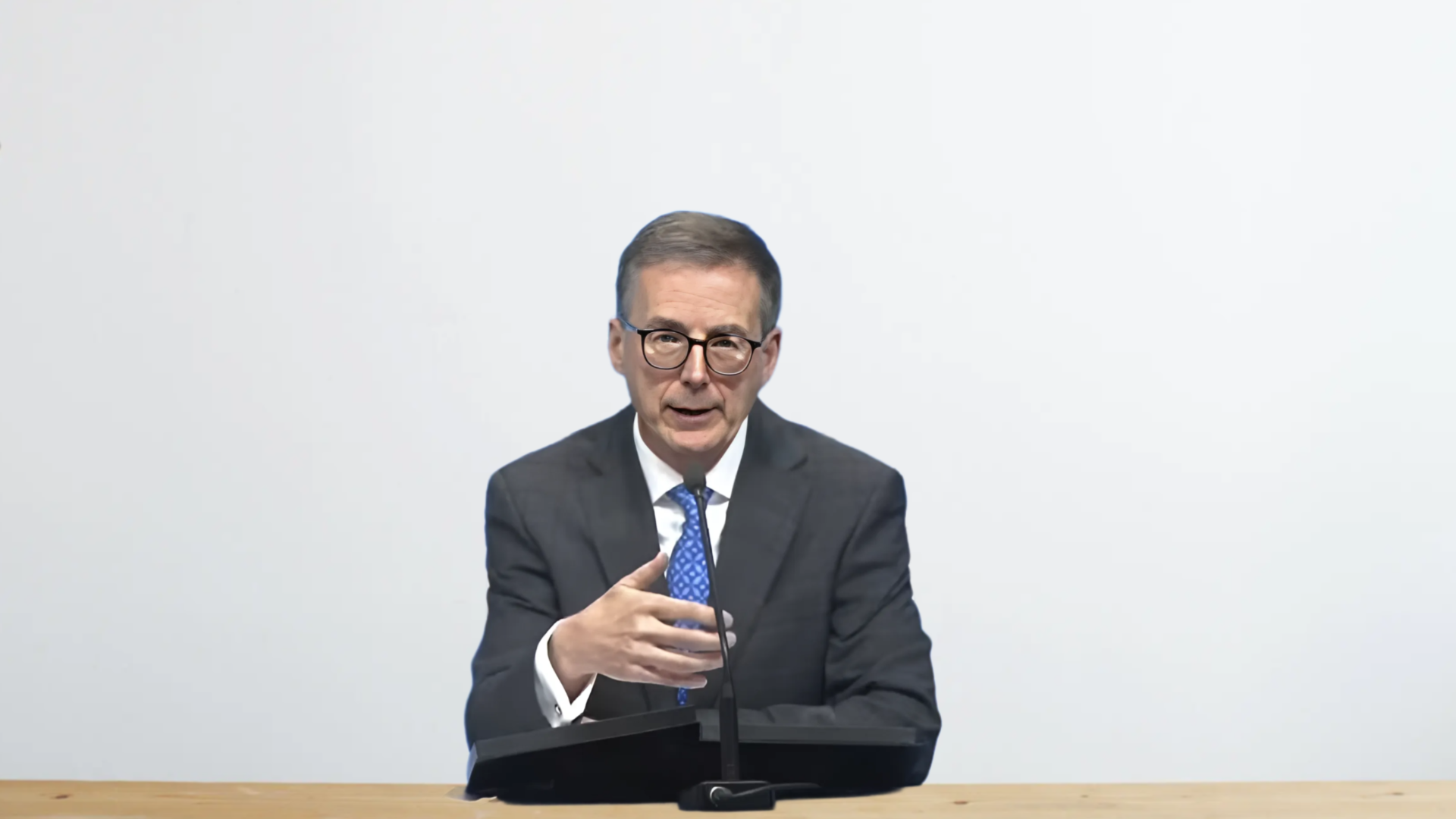Before the Winnipeg Chamber of Commerce today, Bank of Canada Governor Tiff Macklem provided an in-depth analysis of the Canadian labor market, the country’s economic trajectory, and the ongoing battle against inflation. Following his speech, Macklem joined Loren Remillard, President of the Winnipeg Chamber of Commerce, for a fireside chat, and later held a news conference to address questions from the media.
Macklem reflected on the challenging economic conditions at the onset of his tenure as Governor on June 3, 2020, during the height of the COVID-19 pandemic. At that time, Canada’s unemployment rate soared to a record 14%, and inflation dipped below the Bank’s 2% target, even turning slightly negative. The immediate focus was to stave off deflation and stabilize the economy.
However, since 2022, the Bank has been grappling with high inflation, which surged due to disrupted global supply chains, a strong rebound in demand, and geopolitical tensions stemming from Russia’s invasion of Ukraine. Inflation peaked at over 8% in June 2022. Over the past two years, monetary policy efforts have successfully reduced inflation, which has remained below 3% since January, with underlying inflation measures showing steady improvement.
Macklem emphasized that low, stable, and predictable inflation is crucial for fostering economic confidence, encouraging long-term investments, and ensuring sustainable job creation and productivity growth. This, in turn, improves the standard of living for Canadians. He reiterated that price stability remains the Bank’s primary priority, highlighting the intertwined relationship between price stability and a healthy labor market.
A key aspect of achieving price stability is maintaining what economists call “maximum sustainable employment”—the highest level of employment the economy can support without causing inflationary pressures. Macklem noted that the labor market’s health is pivotal in this context.
In the 2021 renewal of the Bank’s monetary policy framework, the federal government and the Bank of Canada reaffirmed that price stability is the primary objective, while also supporting maximum sustainable employment. To better analyze labor markets, the Bank has developed a new dashboard of labor market indicators, updated annually.
Macklem observed that higher interest rates have cooled spending, and businesses have scaled back hiring plans. Strong immigration has helped balance the labor market, but it is now becoming more challenging for job seekers, particularly younger workers and newcomers, to find employment. This indicates that the economy has room to grow without igniting new inflationary pressures.
Reflecting on a speech from November 2022, Macklem discussed the labor market’s adjustment to higher interest rates and slower growth. He noted that much of the adjustment has come from reduced job postings rather than layoffs, a phenomenon illustrated by the Beverage Curve, which shows the inverse relationship between job vacancies and unemployment rates.
The labor market has seen a relatively smooth adjustment, with job vacancies declining significantly without a substantial rise in unemployment. This aligns with the “soft landing” scenario the Bank aims for, although Macklem acknowledged that the unemployment rate could still rise modestly as the curve flattens.
Wage growth has been moderating as inflation decreases and the labor market stabilizes. Macklem noted that wage growth, which peaked between 4.5% and 6%, is now around 4%, still above the pre-pandemic average. He emphasized the importance of separating wage gains driven by productivity improvements from those that add to labor costs and inflationary pressures.
Macklem highlighted that while the overall labor market adjustment has been smooth, certain groups, such as younger workers and newcomers, are experiencing more difficulty. The unemployment rate for newcomers is rising faster than the overall rate, indicating longer job searches and integration challenges. Similarly, youth employment has softened, with the unemployment rate for young workers now two percentage points above its pre-pandemic average.
Canada’s labor market has traditionally been a key driver of economic growth, supported by high labor market participation, strong immigration, and a robust education system. However, Macklem identified productivity as a critical area needing improvement. He noted that Canadian businesses invest less per worker compared to the United States, resulting in lower productivity.
To sustain long-term growth, Macklem called for continued investments in child care accessibility, efforts to improve labor force participation among marginalized groups, and aligning immigration with labor market needs. He stressed the necessity of enhancing the education system to prepare students for future jobs and tackling the productivity issue to ensure competitive businesses and rising living standards.
In closing, Macklem reiterated the importance of price stability and a healthy labor market for sustained economic growth. He acknowledged that while the Bank has made significant progress in bringing inflation closer to its 2% target, there is still work to be done. He emphasized the need for a balanced approach to monetary policy that considers various labor market dynamics and focuses on long-term productivity improvements.
Following his speech, Macklem engaged in a fireside chat with Loren Remillard, discussing the implications of his remarks in more detail. Later, at the news conference, he answered questions from reporters, providing further insights into the Bank’s strategies and the Canadian economic outlook.

